Table of Content
The Samruddhi Mahamarg—also known as the Mumbai-Nagpur Super Expressway—is one of Maharashtra's most ambitious infrastructure projects. Spanning over 700 km, this high-speed corridor is designed to drastically reduce travel times between Mumbai and Nagpur while boosting economic growth and transforming the real estate landscape.
In this blog, we explore the route map, toll details, construction cost, current status, and real estate impact of the Samruddhi Mahamarg. Additionally, we highlight the key centres along the corridor that make this project a game changer for regional connectivity.
What is Samruddhi Mahamarg?
The Samruddhi Mahamarg is a state-of-the-art expressway project aimed at connecting Mumbai and Nagpur, two major economic hubs in Maharashtra. This super expressway is designed for all-weather, high-speed travel and is expected to cut travel time between the two cities significantly. By providing a direct and efficient route, the project not only eases congestion but also drives economic and urban development along its path.
Also Read: Ready Reckoner Rates in Maharashtra: A Complete Guide for Homebuyers
Route Map and Connectivity
Route Details
The expressway will traverse a strategic route that passes through several key regions and cities in Maharashtra. Major centres along the corridor include:
- Mumbai: The starting point, serving as a bustling economic and cultural hub.
- Navi Mumbai & Thane: Important suburban centres that contribute to the metro’s extended connectivity.
- Nashik: A vital industrial and agricultural centre.
- Aurangabad: Known for its historical significance and growing economic activities.
- Akola: An emerging commercial centre in central Maharashtra.
- Nagpur: The terminal city, a major logistical and business centre in central India.
These centres play a crucial role in regional development and are expected to see enhanced growth as improved connectivity drives investment and infrastructure improvements.
Enhanced Connectivity
The expressway will link these major centres with efficient connectivity, enabling smoother movement of people and goods. Improved access to transportation networks will reduce travel times and alleviate traffic congestion on existing roads. This enhanced connectivity is expected to boost regional commerce, promote tourism, and contribute to a more integrated urban landscape.
Construction Cost
The construction of the Samruddhi Mahamarg is a major financial undertaking, with the total project cost estimated between ₹25,000 to ₹30,000 crore. This substantial investment underscores the government’s commitment to modernizing Maharashtra's infrastructure and fostering regional economic growth. The expressway’s state-of-the-art design incorporates advanced safety features and sustainable construction practices, ensuring longevity and minimal environmental impact.
Current Status and Timeline
Progress and Milestones
As of early 2025, the Samruddhi Mahamarg project is steadily progressing:
- Land Acquisition & Approvals: Major hurdles such as land acquisition and regulatory clearances have been successfully addressed.
- Construction Phases: Several segments of the expressway are currently under construction, with modern engineering practices in full swing.
- Expected Completion: Authorities project that the entire expressway could be operational by 2027–2028, provided that construction proceeds without significant delays.
Real Estate Impact
- Boost in Property Values
The Samruddhi Mahamarg is set to have a transformative effect on real estate along its corridor. With better connectivity, areas close to the expressway will see increased demand, leading to higher property values. This is particularly beneficial for both homebuyers and investors, as enhanced accessibility typically drives long-term capital appreciation.
- New Development Opportunities
Improved infrastructure will encourage developers to launch new projects in previously underdeveloped areas. Residential complexes, commercial hubs, and retail centers are all expected to benefit from the enhanced connectivity provided by the expressway. This influx of new developments can lead to urban renewal and a more vibrant regional economy.
- Economic Growth and Urban Renewal
Beyond real estate, the expressway will contribute to broader economic growth. Enhanced connectivity reduces logistics costs, boosts productivity, and facilitates smoother trade between key economic centres. This, in turn, will promote urban renewal in the areas along the corridor, creating a more sustainable and integrated urban environment.
Conclusion
The Samruddhi Mahamarg is set to revolutionize transportation in Maharashtra by connecting major centres like Mumbai, Navi Mumbai, Thane, Nashik, Aurangabad, Akola, and Nagpur. With a substantial investment and competitive toll structure, the project promises not only to reduce travel times but also to stimulate significant real estate growth and urban renewal.
For homebuyers, investors, and urban planners, the expressway represents a major opportunity to tap into emerging markets along the corridor. Enhanced connectivity and modern infrastructure are expected to drive property value appreciation and attract further development, paving the way for a more integrated, efficient, and prosperous regional economy.
Stay informed about project updates and explore how the benefits of the Samruddhi Mahamarg can shape the future of transportation and real estate development in Maharashtra.
Also Read: MMRDA Plans Rs 1,102 Crore Elevated Corridors for Mumbai-Pune Connectivity

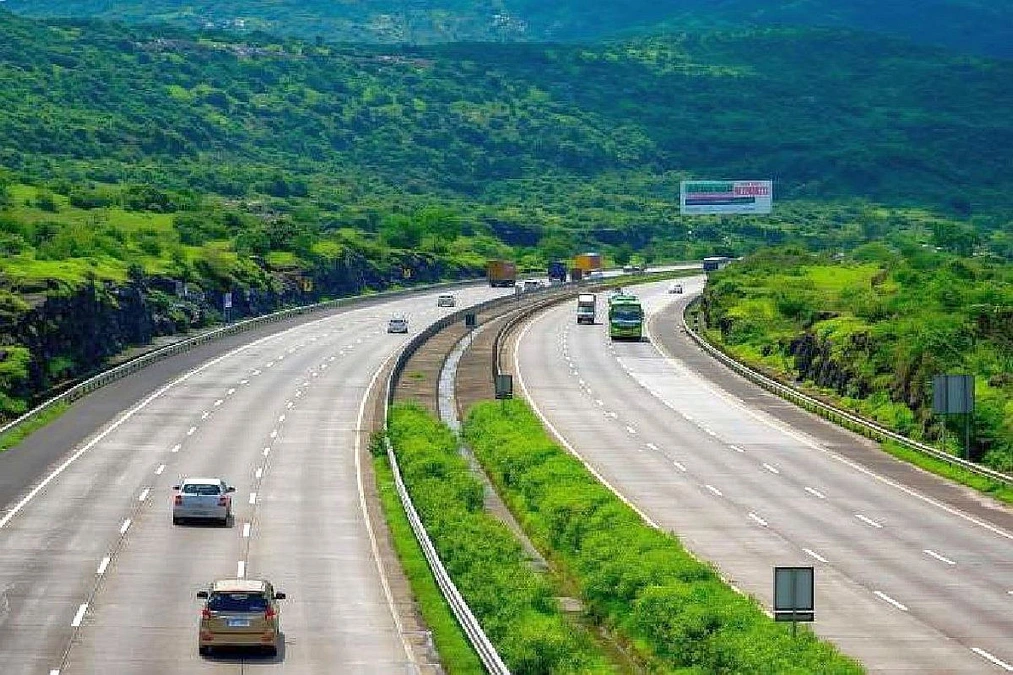
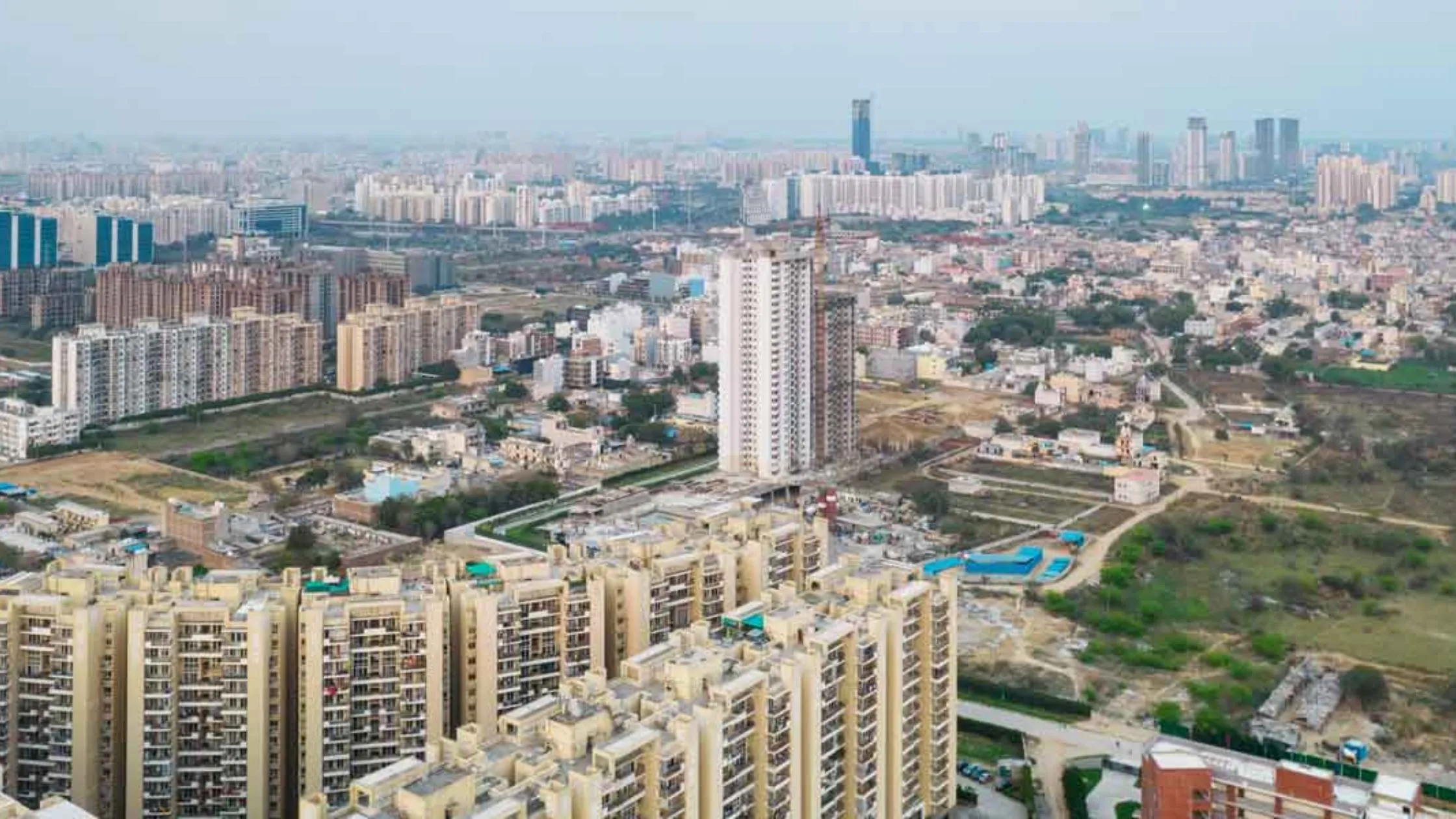
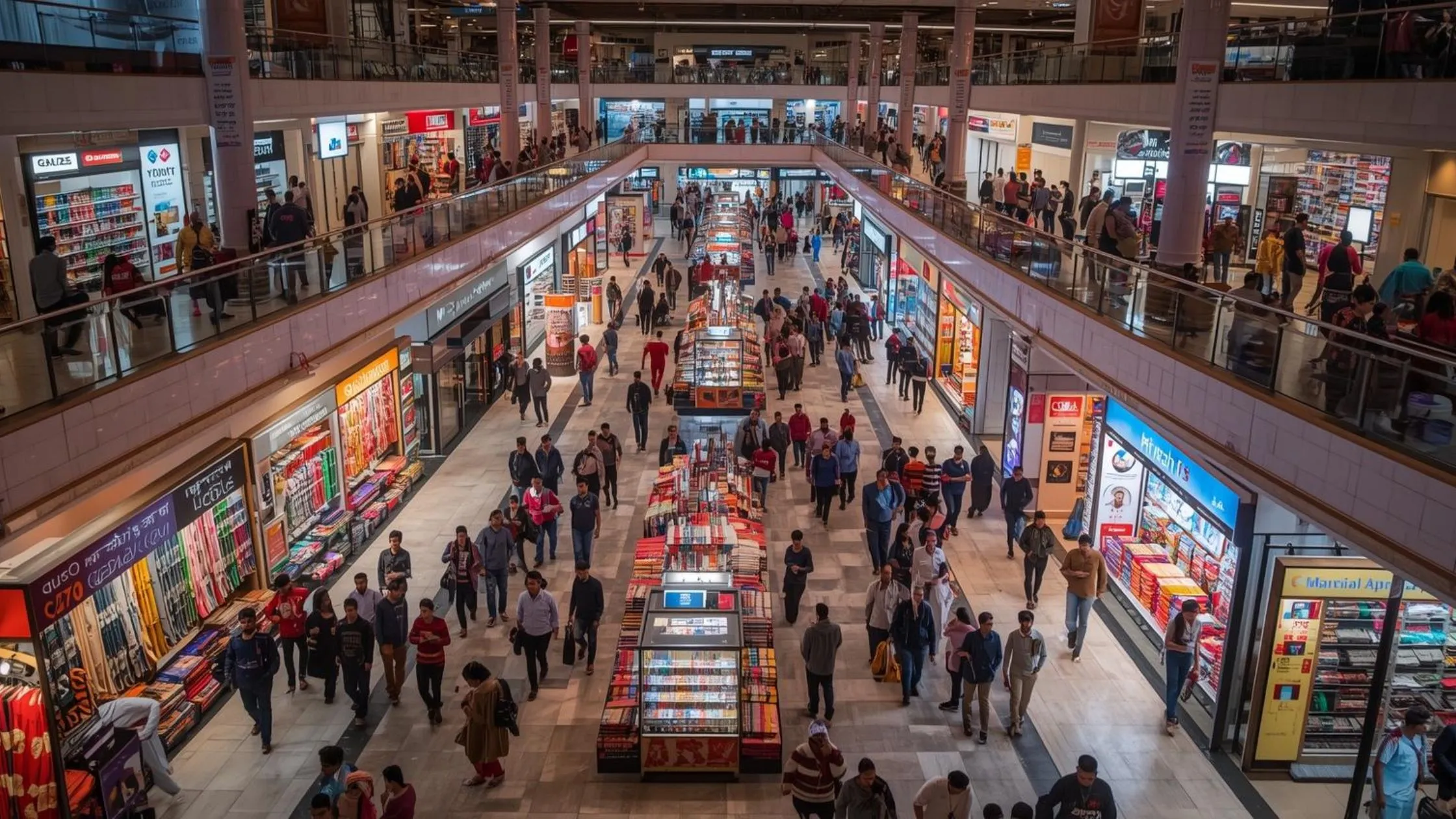
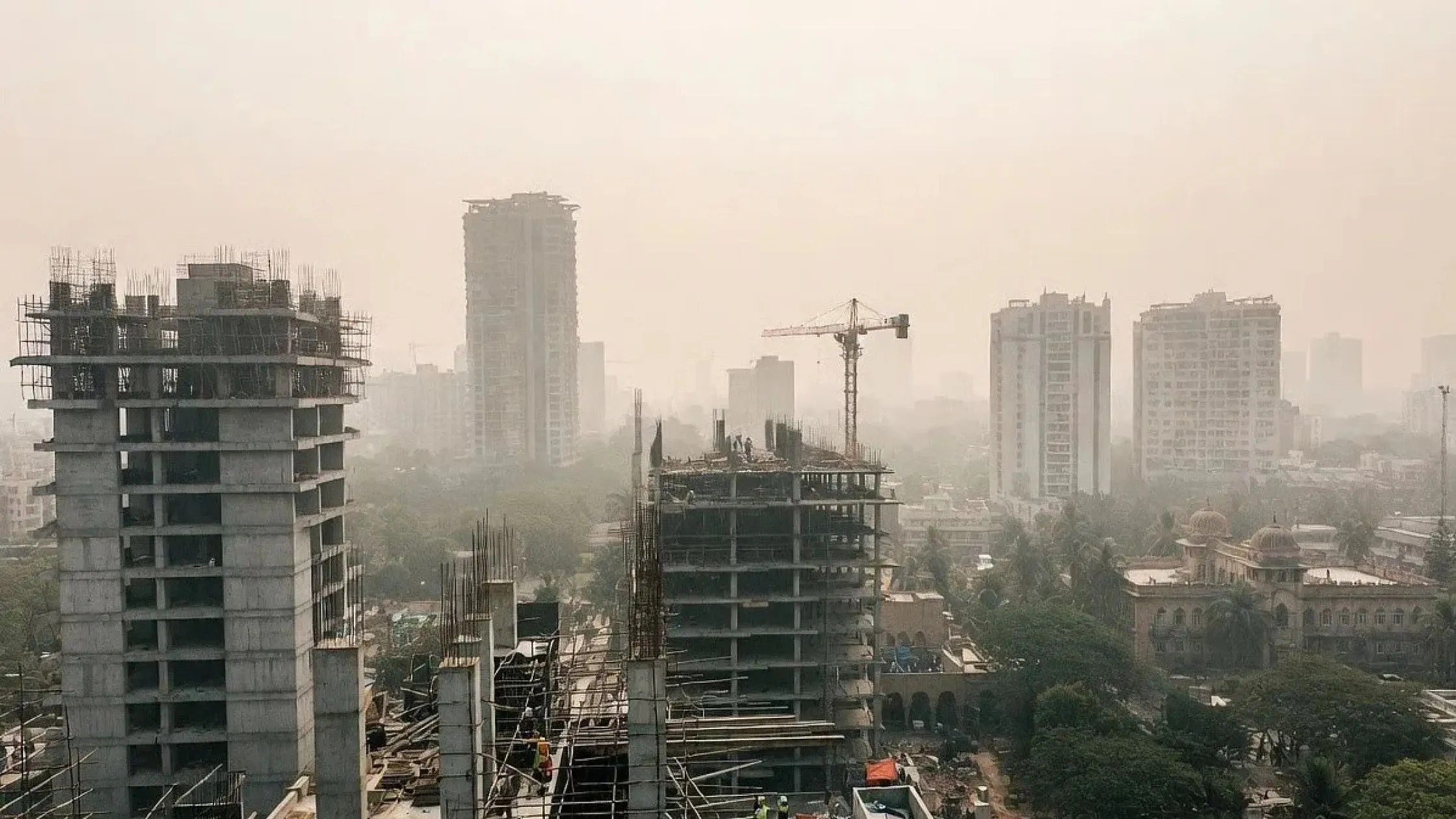
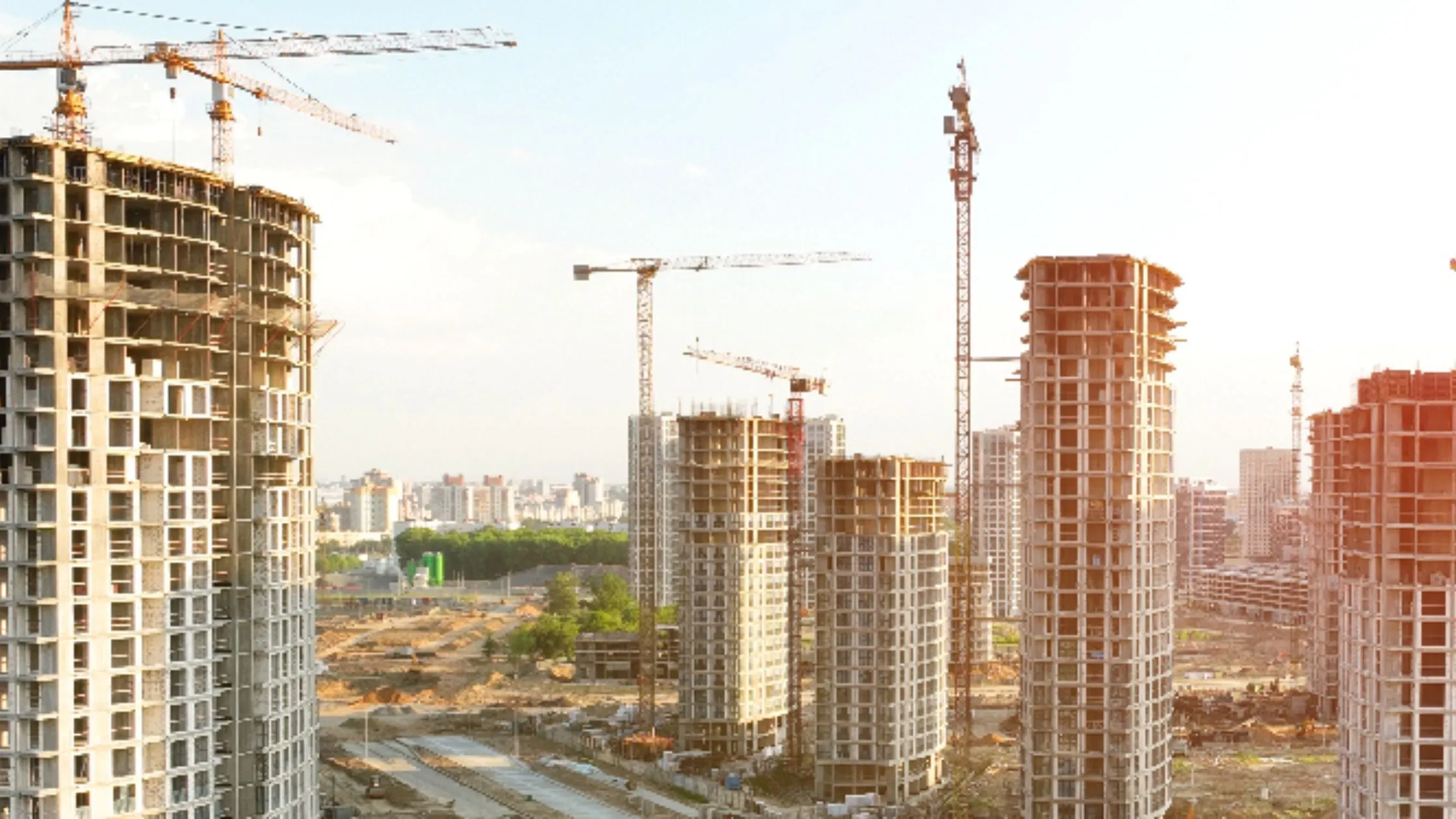

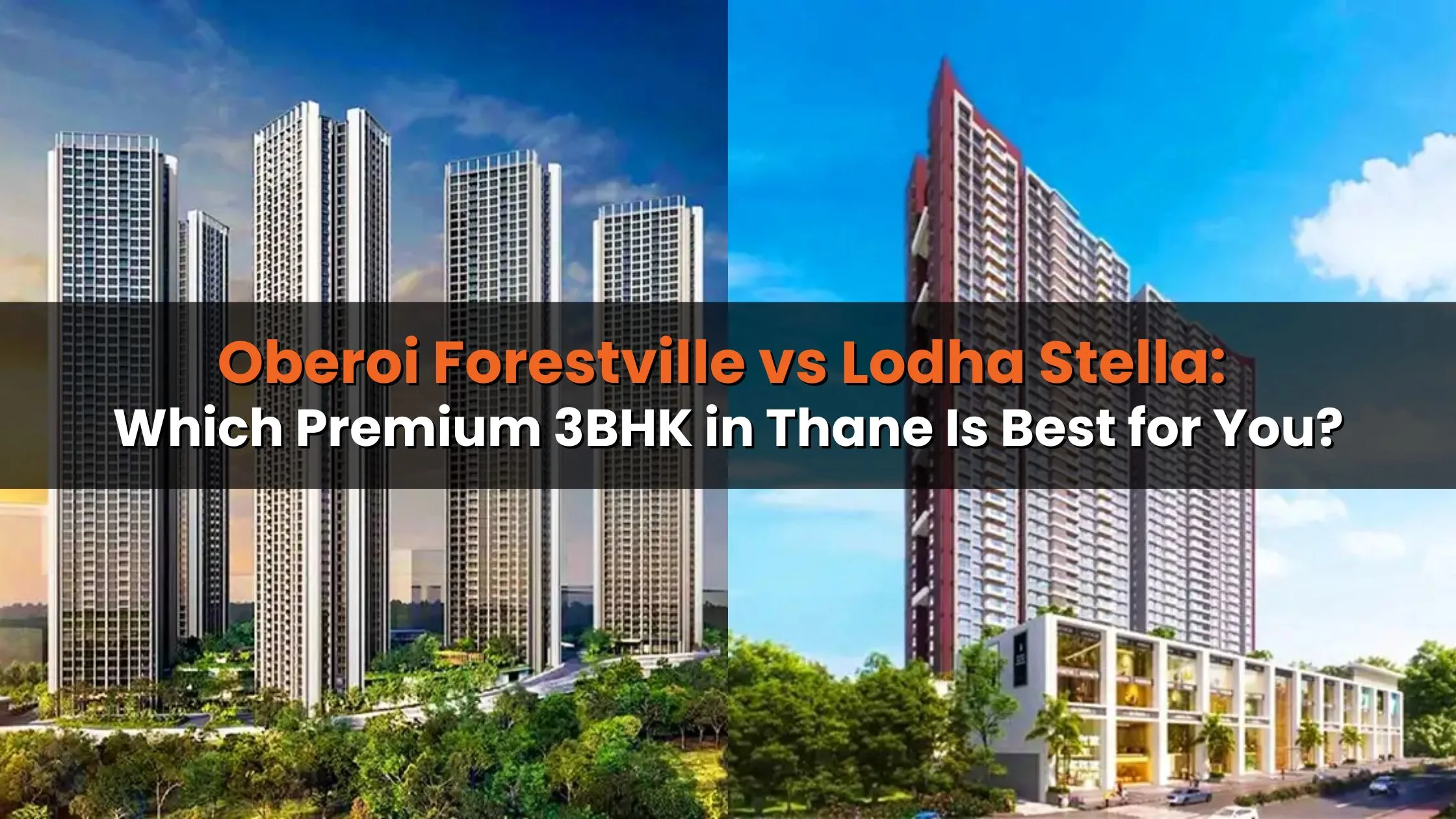
Ans 1. It's a state-of-the-art expressway connecting Mumbai and Nagpur, spanning over 700 km to reduce travel times and boost regional development.
Ans 2. The project is estimated to cost between ₹25,000 and ₹30,000 crore, reflecting a significant investment in modern infrastructure.
Ans 3. The expressway includes critical segments like the Chirle to Gavan Phata Corridor and the Palaspe Phata to Mumbai-Pune Expressway Corridor, connecting major hubs along the route.
Ans 4. Improved connectivity is expected to raise property values along the corridor and spur new residential, commercial, and retail developments in previously underdeveloped areas.
Ans 5. The corridor connects key centers including Mumbai, Navi Mumbai, Thane, Nashik, Aurangabad, Akola, and Nagpur, driving regional economic integration.
Ans 6. The entire expressway is projected to be operational by 2027–2028, assuming timely completion and necessary clearances.
Ans 7. Commuters will enjoy reduced travel times, smoother traffic flow, and a dedicated high-speed route that alleviates congestion on existing roads.
Ans 8. Enhanced infrastructure along the corridor will trigger urban renewal in older neighborhoods, attract investments, and improve overall regional amenities.
Ans 9. The project is anticipated to stimulate local economies by reducing logistics costs, increasing efficiency, and attracting both domestic and international investments.
Ans 10. Stay informed through official announcements from the Maharashtra government and updates on the MMRDA's website for project progress and milestones.